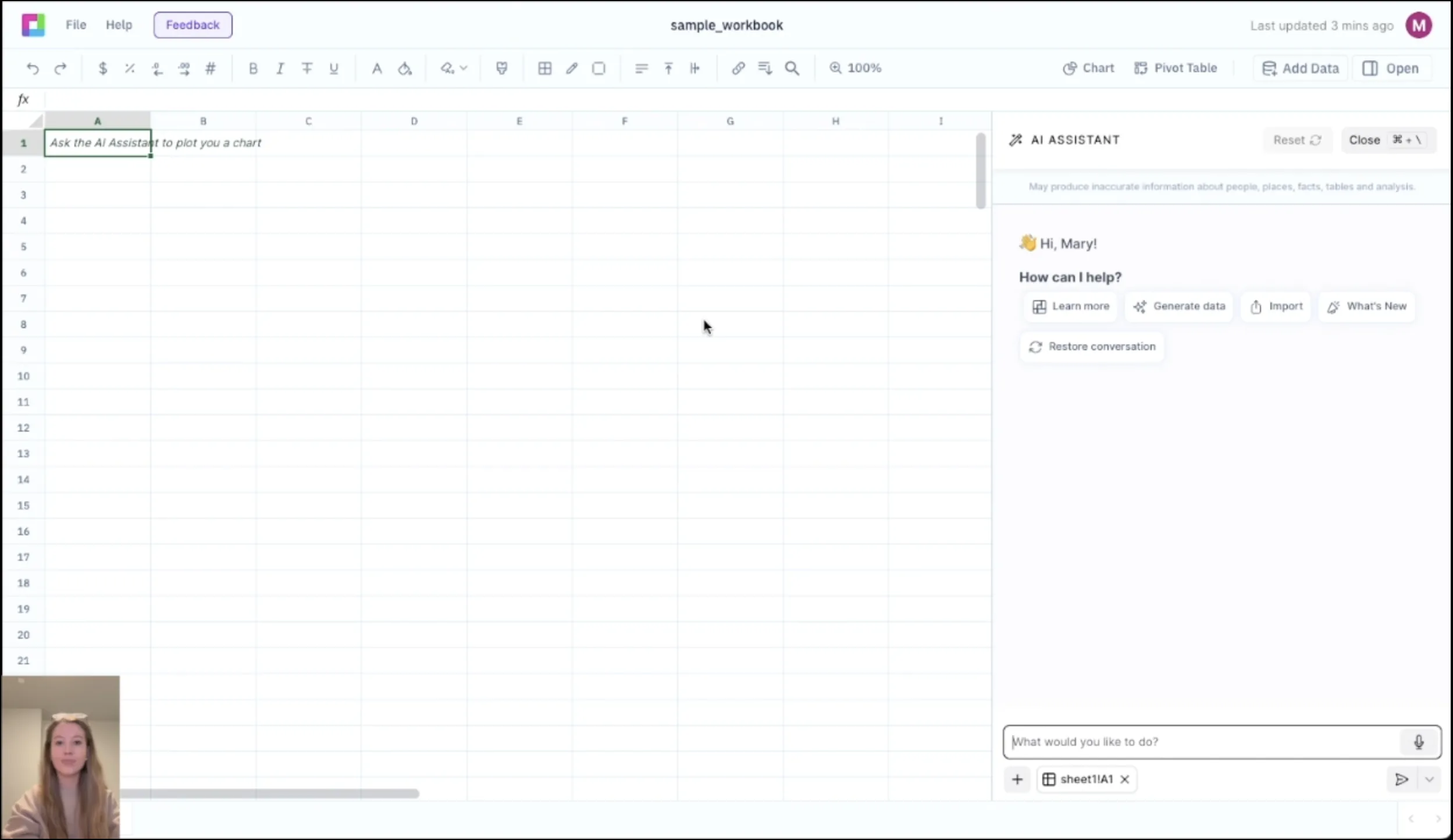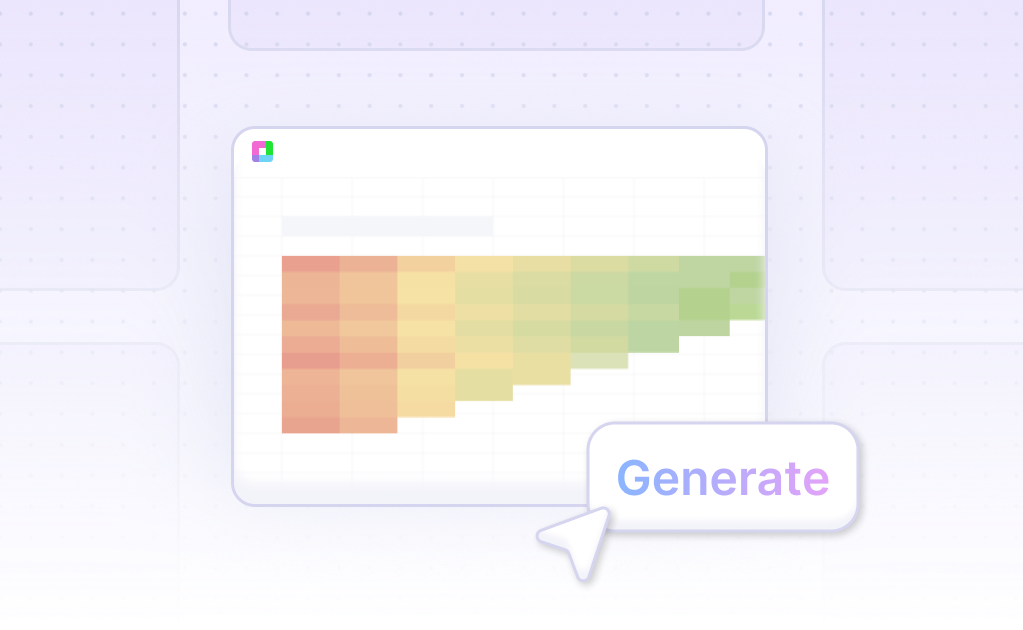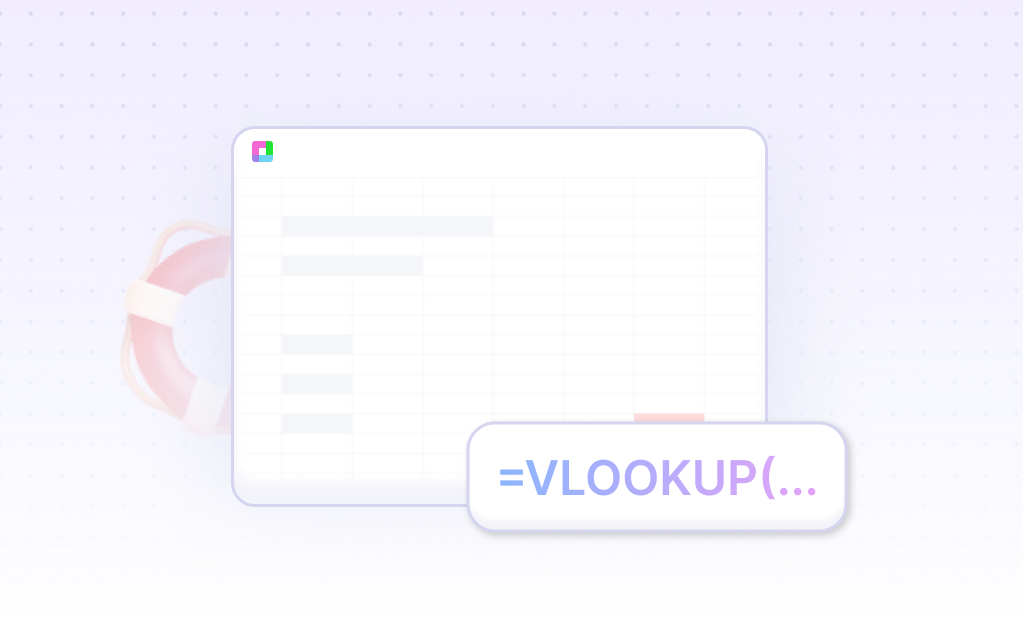
Navigate IPO Investments with Professional Analysis
IPO investments can deliver exceptional returns, but they require careful analysis of business fundamentals, valuation metrics, and market conditions. Our IPO Analysis & Tracker provides the framework to evaluate new public offerings systematically, from initial S-1 filing through post-IPO performance tracking.
From tech unicorns to traditional businesses going public, analyze revenue growth, profitability metrics, and competitive positioning. Built for both institutional and retail investors, this template helps you identify high-quality IPOs while avoiding overvalued offerings that disappoint.
Comprehensive IPO Valuation Framework
Pre-IPO Financial Analysis
Analyze S-1 filings with detailed revenue breakdowns, margin analysis, and cash flow projections. The template extracts key metrics from pre-IPO financial statements and identifies red flags like declining growth rates, unsustainable unit economics, or excessive stock-based compensation.
Comparable Company Valuation
Value IPOs relative to public market comparables using revenue multiples, EBITDA multiples, and growth-adjusted metrics. The template identifies the most relevant peer companies and calculates fair value ranges based on industry benchmarks.
IPO Pricing Analysis
Compare IPO pricing to DCF valuations and peer multiples to assess whether the offering is fairly valued. Track how pricing evolves through the roadshow process and identify opportunities for first-day gains or long-term value.
Growth Trajectory Modeling
Model future growth scenarios based on management guidance, industry trends, and competitive dynamics. The template helps you understand the growth assumptions embedded in IPO valuations and assess their achievability.
Post-IPO Performance Monitoring
Lock-up Period Analysis
Track lock-up expiration dates for insiders, employees, and early investors. The template calculates potential selling pressure and identifies optimal entry points around lock-up expirations when prices often decline temporarily.
Earnings Progression Tracking
Monitor post-IPO earnings results against initial projections and analyst expectations. Track how quickly companies achieve profitability and whether growth rates match pre-IPO promises.
Market Performance Analysis
Compare IPO performance to sector indices, market benchmarks, and other recent IPOs. Identify patterns in IPO performance and optimal holding periods for different types of offerings.
Frequently Asked Questions
How do I analyze IPO financial statements?
The template guides you through S-1 analysis including revenue quality assessment, margin trends, cash flow analysis, and balance sheet health. It highlights key metrics like customer acquisition costs, lifetime value, and unit economics specific to each business model.
What makes a good IPO investment?
The template evaluates IPOs based on sustainable competitive advantages, strong financial metrics, reasonable valuation, experienced management, and favorable market conditions. It includes a scoring system to rank IPO opportunities objectively.
How does lock-up tracking work?
The template tracks lock-up expiration dates for different shareholder classes and calculates potential selling pressure. It creates a timeline showing when restrictions expire and helps you time purchases around these events.
Can I compare IPOs across different sectors?
Yes, the template includes sector-specific valuation metrics and adjusts comparisons for industry characteristics. It recognizes that SaaS companies, retailers, and biotech firms require different analytical approaches.
Does it track SPAC investments?
The template includes a SPAC analysis section covering sponsor track record, trust value, warrant analysis, and post-merger performance. It helps evaluate both pre-combination SPACs and completed business combinations.
Related Investment Templates
Connect your most-used data sources and tools to Sourcetable for seamless analysis.
Frequently Asked Questions
If you question is not covered here, you can contact our team.
Contact Us





